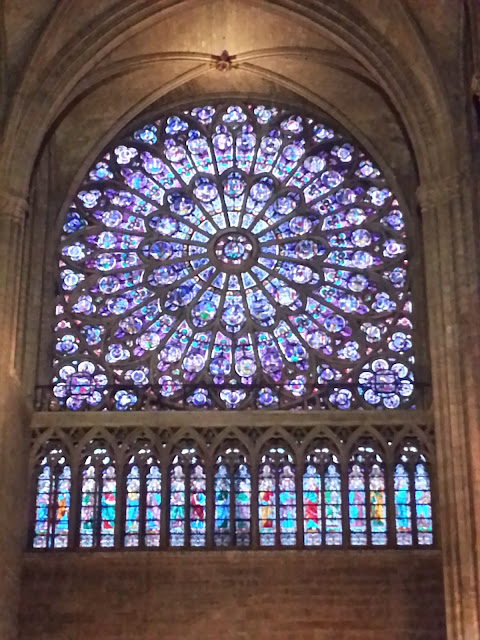CNU's Medieval and Renaissance Studies program is a small, interdisciplinary minor that students tend to discover kind of late in their university careers. There's often a class here, a class there, and then students realize they've met most of the requirements -- AND that they're really enjoying their classes in History, Theater, Philosophy, and Art History, among others. In order to promote our minor at the start of this year, I've been thinking about why I have enjoyed learning and teaching about the pre-modern world for decades.
I also started looking around at other programs online to see if their websites talk about why we study the Middle Ages, or early Modern Period, or even the ancient world, and I've seen several references to the broader -- and important -- academic and transferrable skills students learn when they study in the humanities or engage in interdisciplinary studies: critical thinking, cultural awareness, the ability to research and write, understanding global systems and "the deep roots of today's intertwined global cultures," to borrow a phrase from Harvard's "Masterpieces of World Literature" course.
 |
| Frescoes in the crypt of Canterbury Cathedral (photo S. Rowley©) |
In today's post, I would like to add a few ideas: that studying the pre-modern is fascinating and fun. Pre-modern studies offer students new perspectives and increase self-awareness. Of course, pre-modern studies can and does lead to jobs, in history, literature, philosophy, archaeology, museums, theater, non-profits, public service, and education, etc.. I'm all for jobs, and for transferrable skills, but there is something to be said for acquiring a depth and breadth of knowledge regarding human cultures. Studying pre-modern cultures also allows us to explore the history of innovation, technology, agriculture and animal husbandry, etc., along with literature, history, philosophy, art, and languages.
"When I was a graduate student, I was taught (believe it or not) that women hardly featured or mattered in European medieval literature: this was a literature written by men, about men, and for men.
Fast forward a couple of decades, and we see women everywhere in medieval literature and history: we see that they mattered, a lot. And not just women: college courses today highlight medieval sexuality and sexual identity; the politics of physical disability and disease; ecology and the environment; Jews, Muslims, and colonized peoples; peasants and social class—an ever-expanding list."=
 |
| North Window, Notre Dame, Paris (before the fire) S. Rowley© |
Abu-Lughod, Janet L. Before European Hegemony : The World System A.d. 1250-1350. Oxford University
Press, 1989, rpt. 2013.
Heng, G. “Race in the European Middle Ages.”
The H-Net Book Channel, https://networks.h-net.org/node/109065/pages/1348052/teaching-essay-race-european-middle-ages